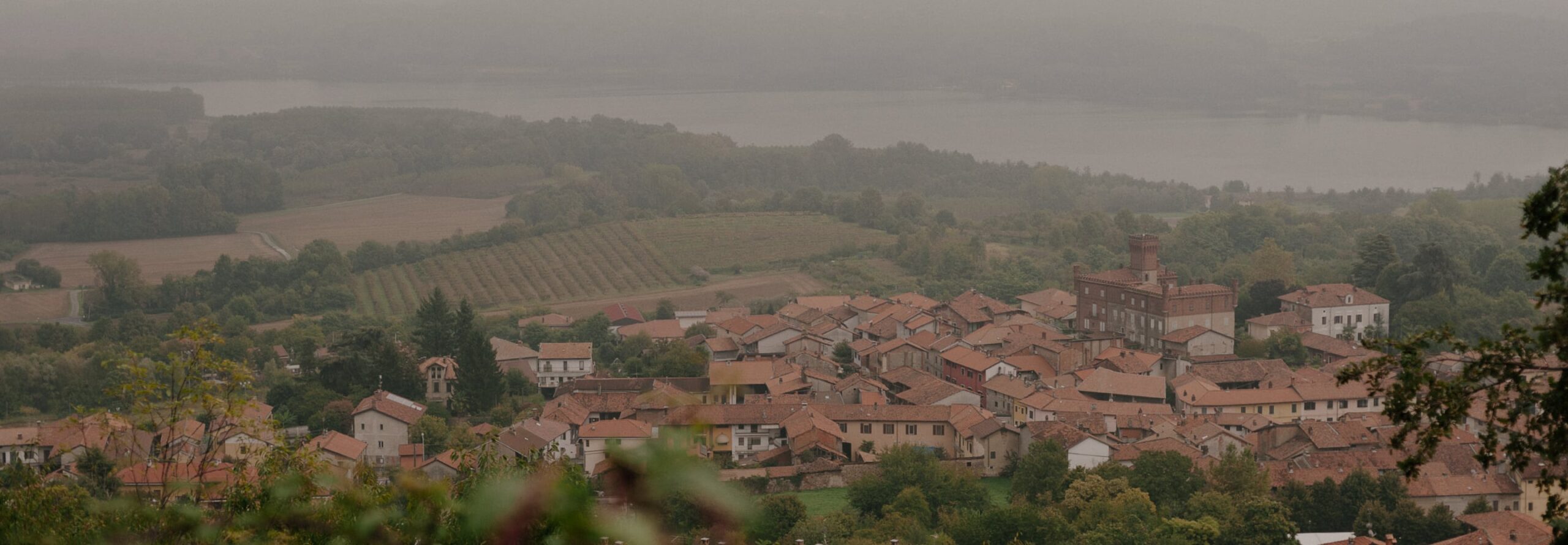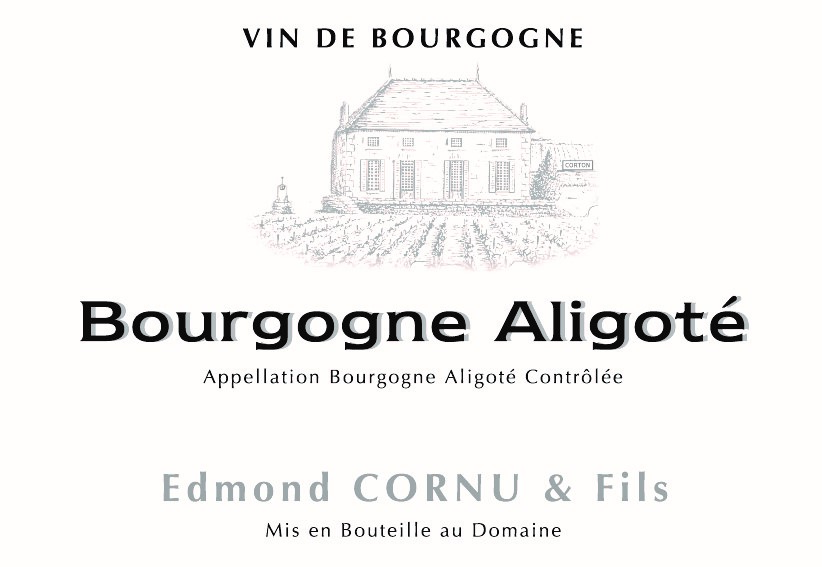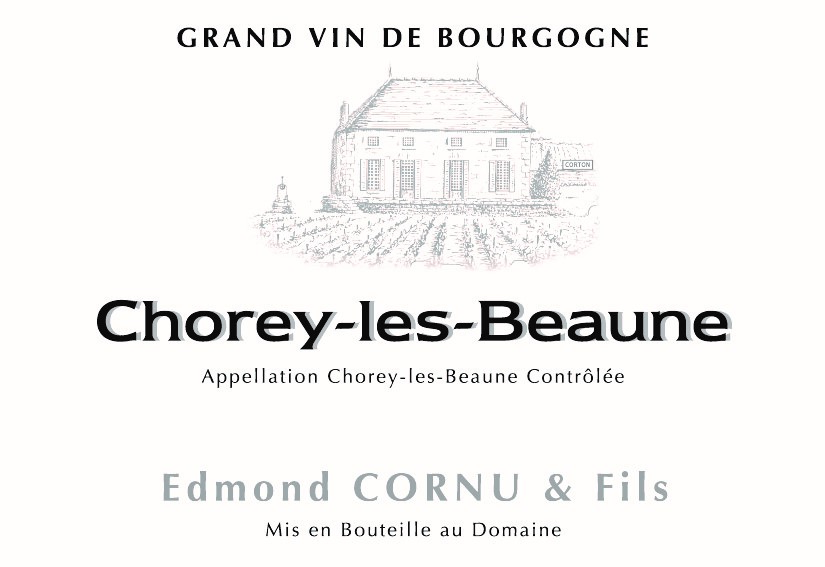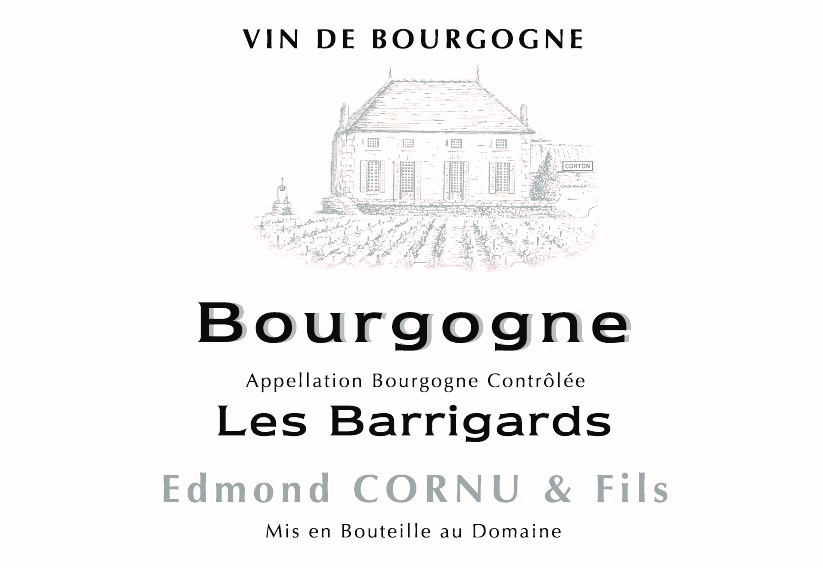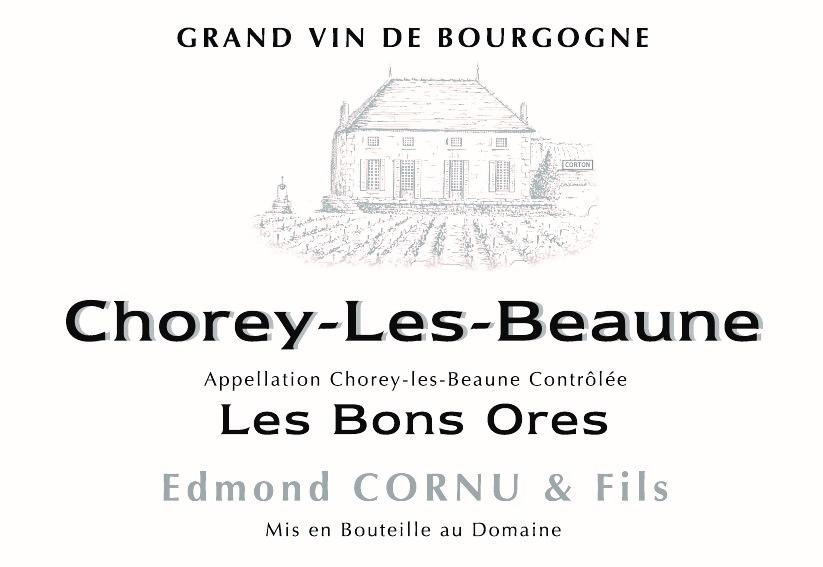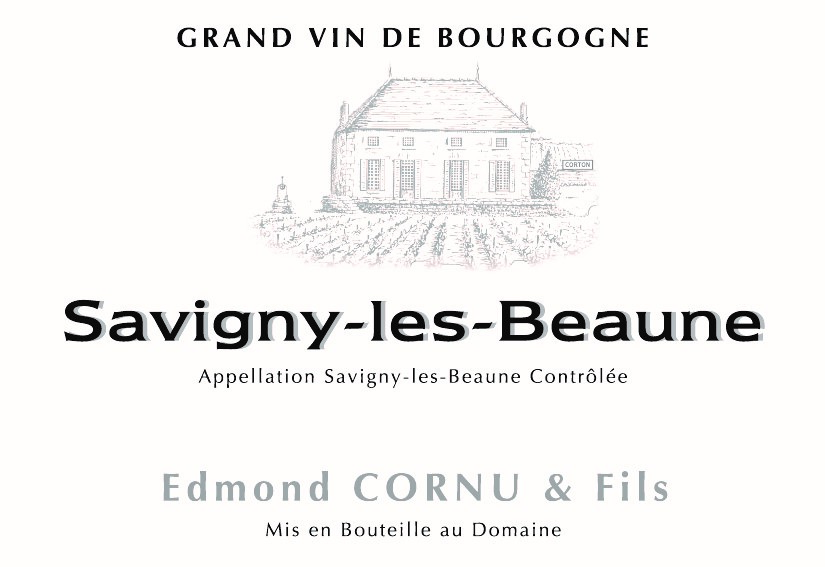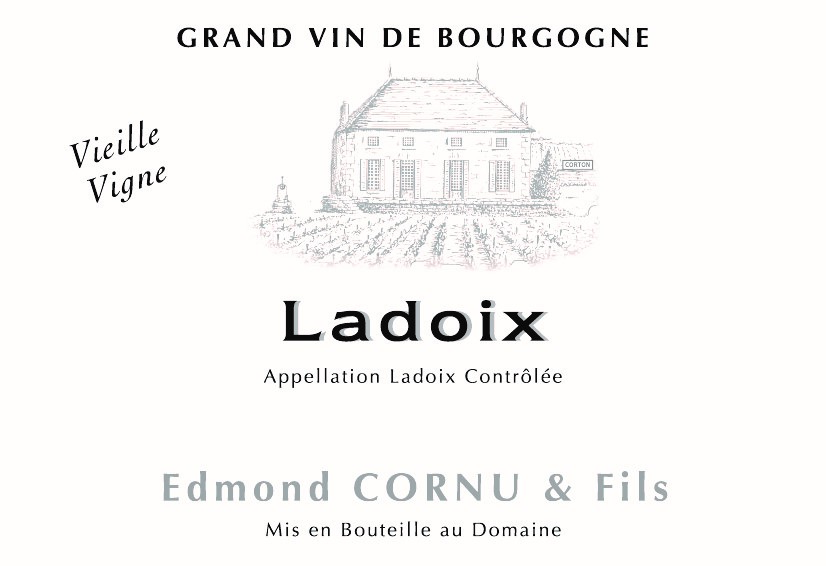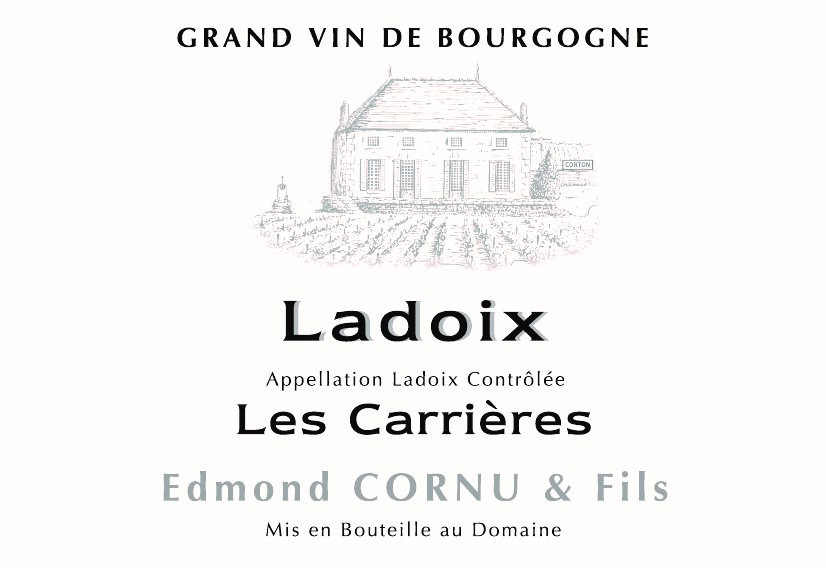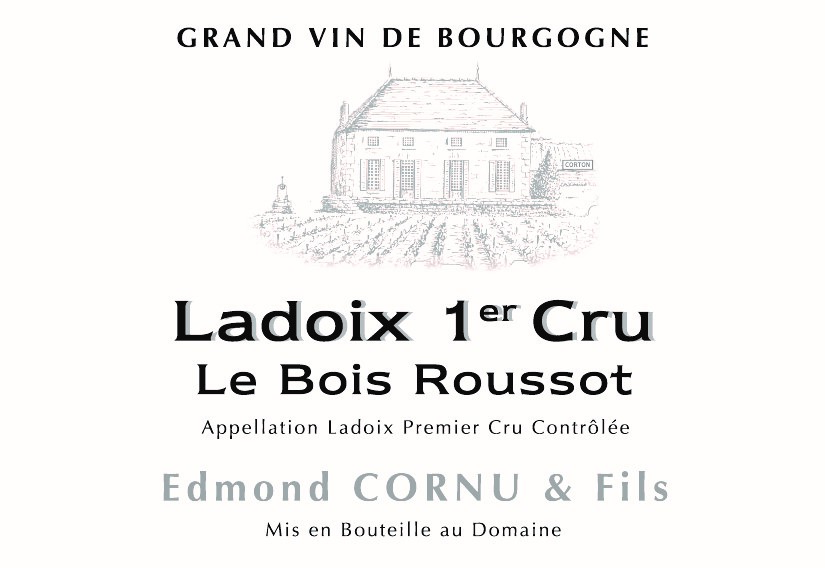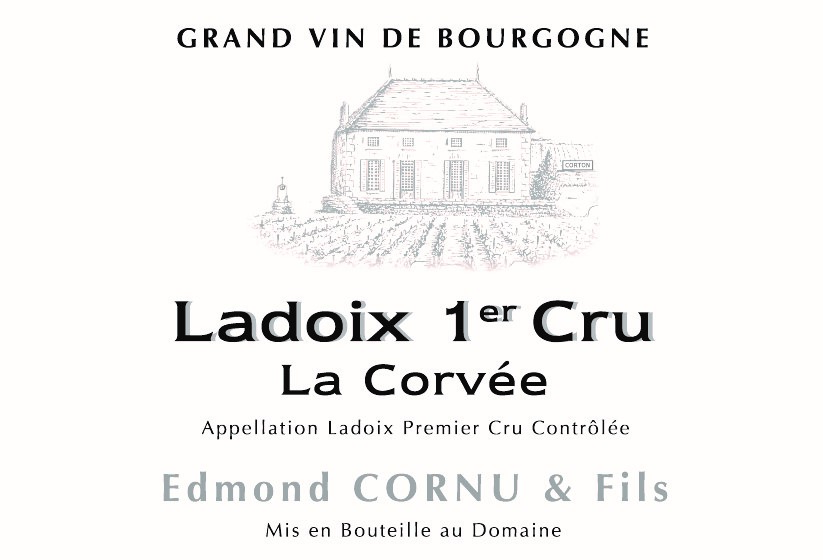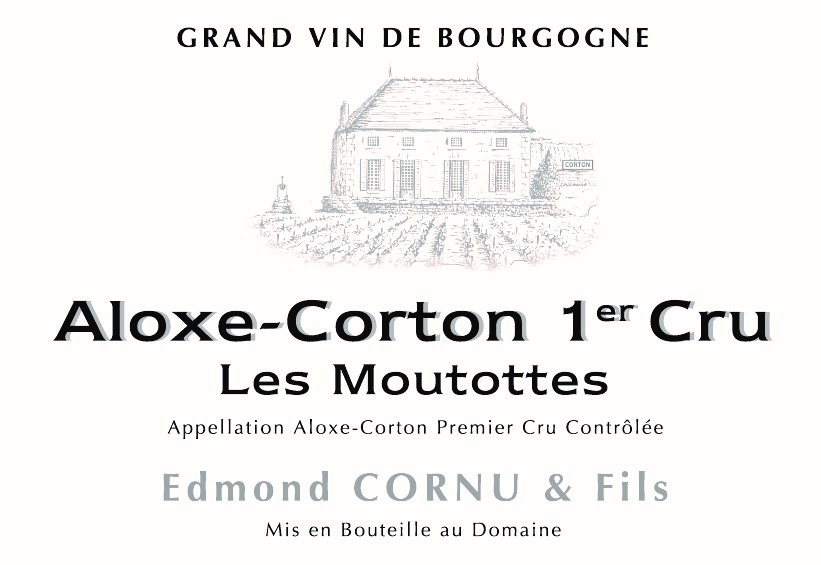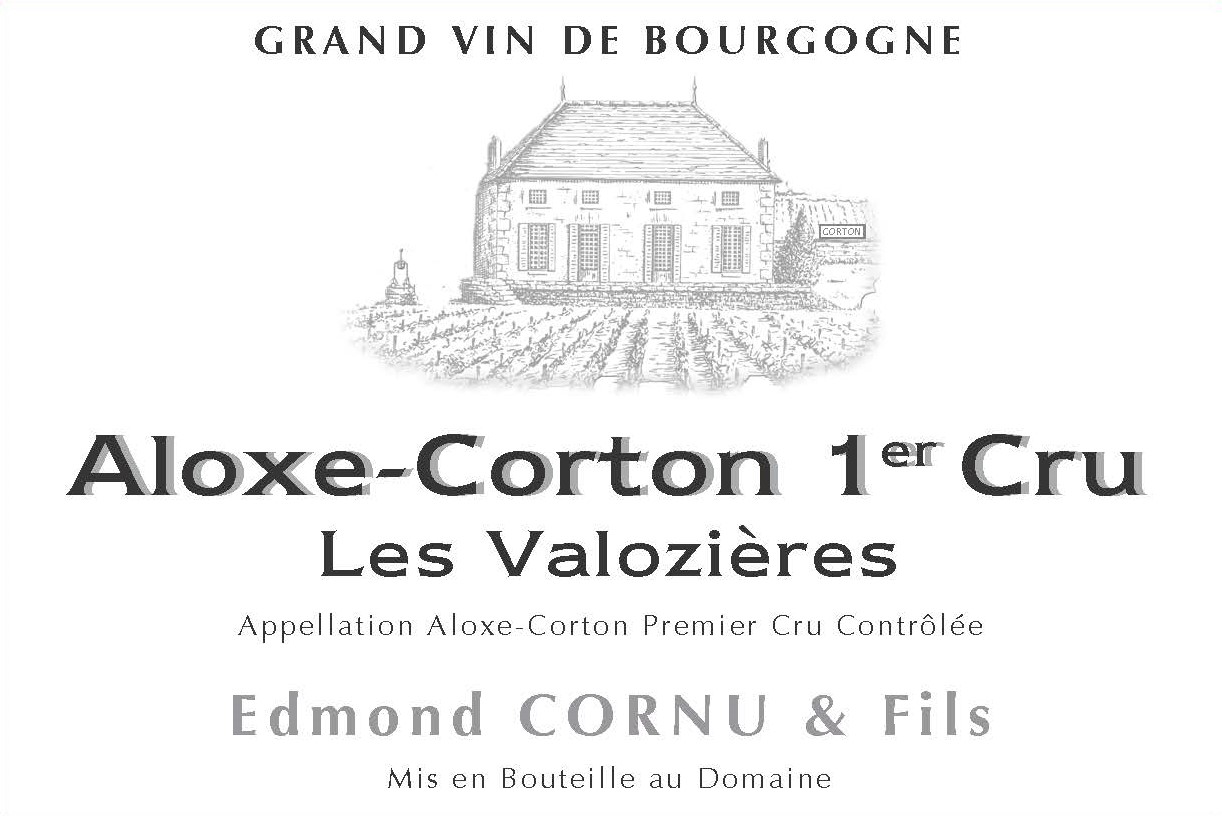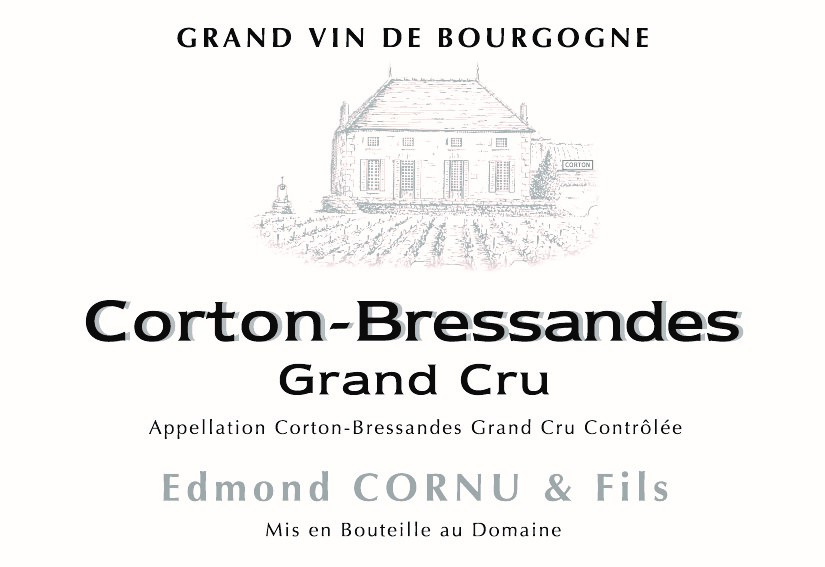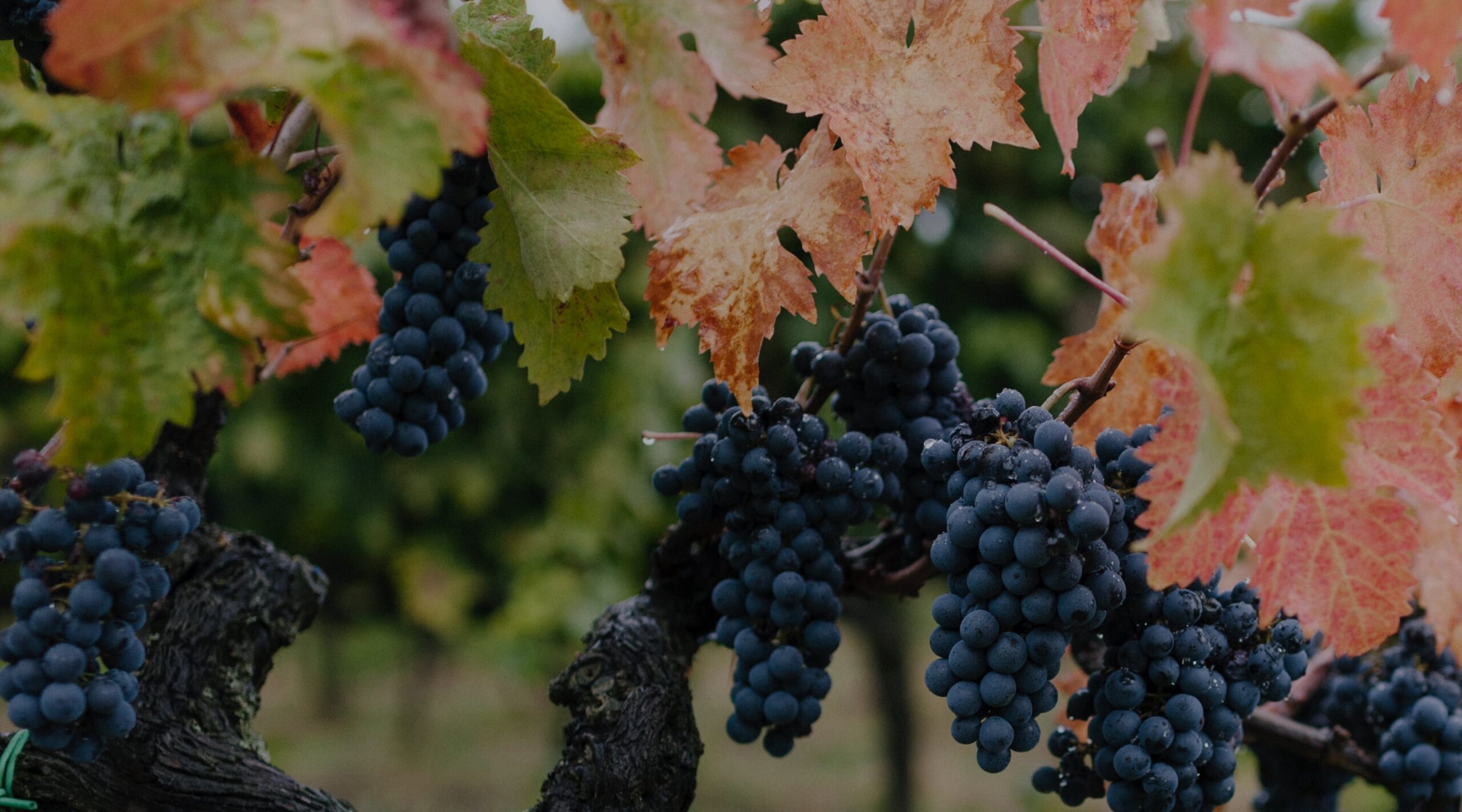
Domaine Edmond Cornu & Fils
Wines
Ladoix
Bourgogne Aligoté
This traditional white wine of Burgundy as translated by Cornu has the bright acidity that this variety is noted for but also is quite full-bodied and aggressively mineral, characteristics that result from the old vines that are the source for this cuvée. The vines are in Chorey and Ladoix. Approximately 600 bottles per annum are devoted to our use in the USA.
Chorey-lès-Beaune Blanc
An entrancing wine that is round but mineral to its core, it is a field blend of Chardonnay and Pinot Blanc (approximately 20%) from vines Edmond planted in the 1950s in a 0.25-hectare parcel with clay and marl soils. Three to four barrels are produced of this rare white that is barrel-fermented and barrel-aged (20% new oak) and bottled after 10-12 months of aging. One barrel (300 bottles) is dedicated to the US market.
Ladoix Blanc
The Cornu family produces less than a handful of barrels of the rare white from Ladoix, from chardonnay—and a few stray vines of pinot blanc—just around the corner from Corton-Charlemagne. Like that grand cru, the wine is richly textured around a spice-inflected, mineral core. Barrel-fermented and raised in 20% new oak barrels, a mere 180 bottles make it to the States annually.
Bourgogne Rouge, “Les Barrigards”
Cornu’s exemplary Bourgogne Rouge comes from a single parcel of vines planted in the 1980s downslope of Chorey-lès-Beaune, across the Route Nationale on gravelly soils of clay and limestone. Pierre judiciously employs no new oak during its 12-month élevage. This pinot noir offers lovely purity in its profile of bright red fruits, damp earth, and incense, capturing the essence of this sector of the Côte de Beaune.
Chorey-lès-Beaune Rouge, “Les Bons Ores”
Pierre owns two hectares of 40-year-old vines in this lieu-dit situated at the southern edge of Chorey-lès-Beaune, with a gravel-infused mix of clay and limestone. A mere 10% new oak allows its appellation-typical supple red fruit to lead the show, and this pinot noir balances clean, sweet spices with a suave, mouth-filling texture that is uncommonly dense for a Chorey. Its acidity is fresh and pert without being intrusive.
Savigny-lès-Beaune Rouge
Pierre refers to this wine as “le chat“, a nod to its feline grace and silky subtlety. it sees a mere 10% new barrels, and provides a terrific encapsulation of the Cornu house style: deep, ripe, and rugged, with a pronounced element of earth and plenty of spice—albeit on a less-structured frame than its brethren from Cornu's more firmly built appellations. The Savigny is supple and generous, with an underlying succulence derived from its vibrant acid-fruit interplay.
Ladoix Rouge, “Vieille Vigne”
Always one of the finest values in our entire portfolio of red Burgundy, Cornu’s Ladoix “Vieille Vigne” hails from two parcels, one planted in 1926 and the other in 1960 at the foot of the hillside of Corton. In typical Ladoix fashion, its fruit is blacker and more Côte-de-Nuits-like, with darker-toned spices that display a touch more severity than those of his Chorey-lès-Beaune and Savigny-lès-Beaune. It is also unfailingly more tannic, though the broad-shouldered fruit fleshes out the underlying structure.
Ladoix Rouge, “Les Carrières”
Flanked by the grand cru Corton-Rognet and the great Ladoix premier cru Le Bois Roussot, Les Carrières offers striking complexity for a village-level wine. Its particularly stony, gravelly soils provide excellent drainage and promote vigorous acidity in its wines—a feature which nicely offsets the wine's spice-driven, black-cherry fruit and smoky intensity. It's grace can be deceptive as there is plenty of backbone: the tannins are notably well-buffered, but the structure asserts itself on the palate.
Ladoix Rouge 1er Cru, “Le Bois Roussot”
Always the most forward and seductive Ladoix in the Cornu cellar, Le Bois Roussot sits high on the slope, adjacent to grand cru Corton-Rognet and facing southeast down toward the village of Ladoix itself. Pierre’s light hand with oak—only 25% new here—allows for full visibility of the wine's fireworks display. Luscious and with a hint of savory wildness, it’s wide-open even at a youthful stage, with ultra-fine tannins and a long, controlled finish. Le Bois Roussot is a classic red Burgundy that captures the exceptional combination of black and red fruits that mark the best wines of Ladoix, the place where the Côte de Nuits merges with the Côte de Beaune.
Ladoix Rouge 1er Cru, “La Corvée”
A jewel of the Cornu cellar, La Corvée comes from a 0.3-hectare southeast-oriented parcel of vines past the half-century mark, and it offers the most powerful, visceral expression of Ladoix’s unique terroir in the lineup. It is a Ladoix that is profoundly mineral, with a chiseled core of smoky rock to which spicy black fruits seem to cling for dear life. Intensity is the operative mode in the beginning of the wine’s evolution, and patience will be required—but undoubtedly greatly rewarded.
Aloxe-Corton, “Vieille Vigne”
The best Aloxe-Corton is unabashedly sauvage, and Pierre’s “old vines”—from three parcels planted in 1942, 1958, and 1971—embodies that personality full-stop. A Vosne-Romanée-like aromatic profile of enchanting spice and vibrant black fruits gives way to a palate of immense concentration but precise balance, and the tannins are well-coated but looming on the wine’s lengthy finish. A wine of stature and strength and rigor that will last for years.
Aloxe-Corton 1er Cru, “Les Moutottes”
The vineyard of Les Moutottes sits right next to the grand cru Corton-Rognet; the Cornu family owns a one-half hectare parcel. Here, we have a wine that is graceful with a generous fruit that soothes the beast that is Aloxe-Corton; it is seductively luscious but with lots of backbone, a friendly, sophisticated and fine companion at the table. With air, the endless layers of that profound Aloxe minerality come surging forth, along with sappy black fruits and that telltale Cornu fresh-turned-earth element. Pierre calls this his “belle danseuse,” which is perhaps appropriate in the context of the appellation … or if we’re talking about Pina Bausch’s interpretation of Stravinsky’s “The Rite of Spring!”
Aloxe-Corton 1er Cru, “Les Valozières”
There is no doubt that the Valozières is from Aloxe-Corton; it is a great wine that defines the terroir of this appellation. The vineyard has a deep clay base infused with gravel, with the vines situated mid-slope at a south-southeast exposure, just beneath Corton-Bressandes Grand Cru. The Cornu family own one-third hectare averaging 50 years. A firm, structured wine built to last, there is a sense of more earth than fruit; you can feel the grit in the tannins married to notes of truffle and game. Like the champion it is, it has proven that it will go the distance in your cellar.
Corton-Bressandes Grand Cru
Classified as the only grand cru for red wine in the Côte de Beaune, Corton actually has far more in common with Chambertin than with any other appellation in the Côte—an observation first put forth by Jules Lavalle in 1855 and echoed by numerous authorities since. Certainly, Cornu’s awe-inspiring Corton, from a half-hectare in the lieu-dit of Les Bressandes, is always the most imposing, concentrated, long-lasting wine in the cellar. With its massive, dazzling nose of spice and earth, its elementally dense and seismic palate, and its tight-grained, swelling finish, this wine has the capacity to outlive us all!
